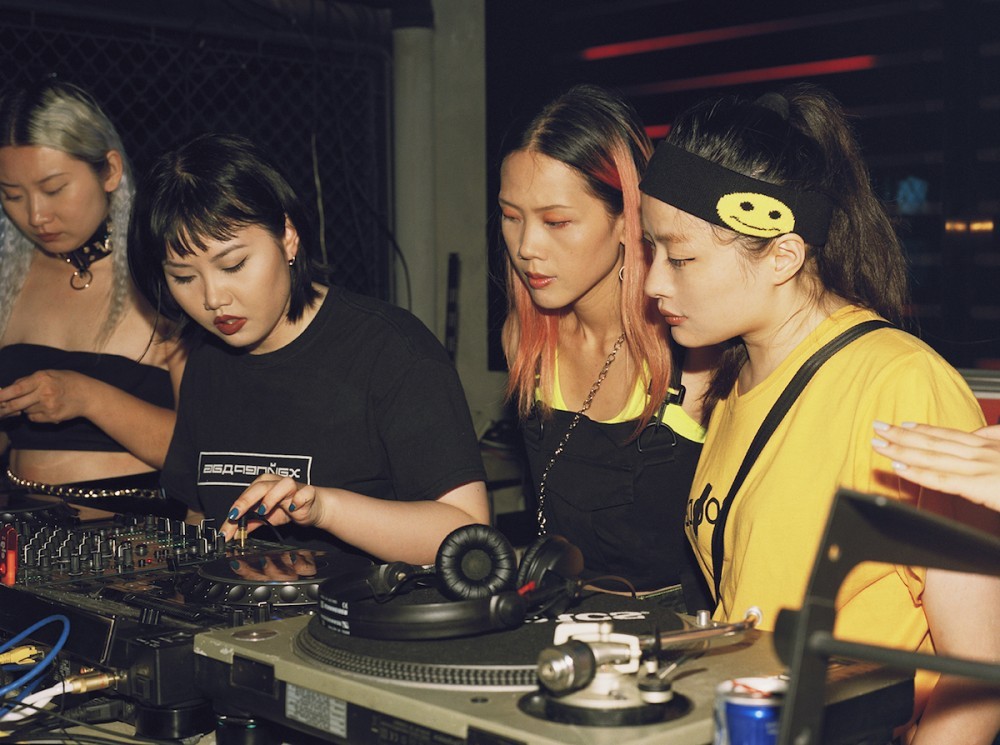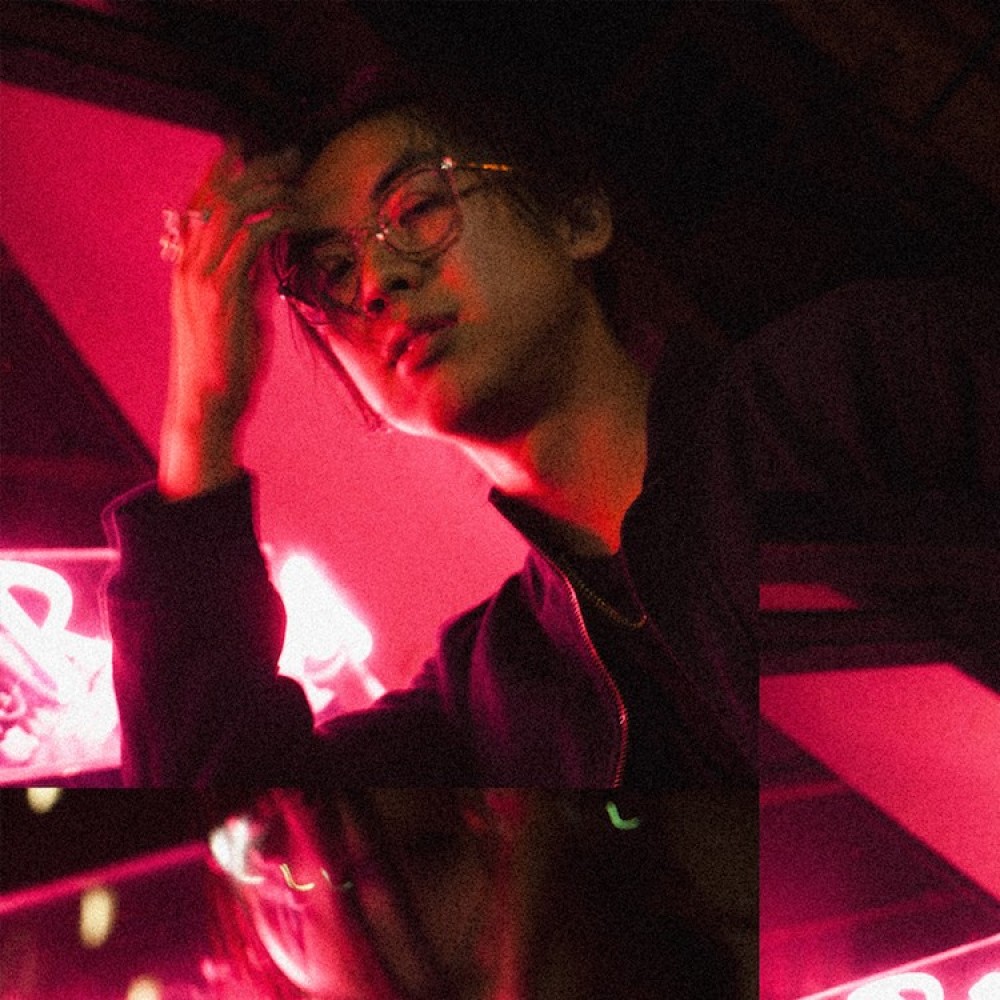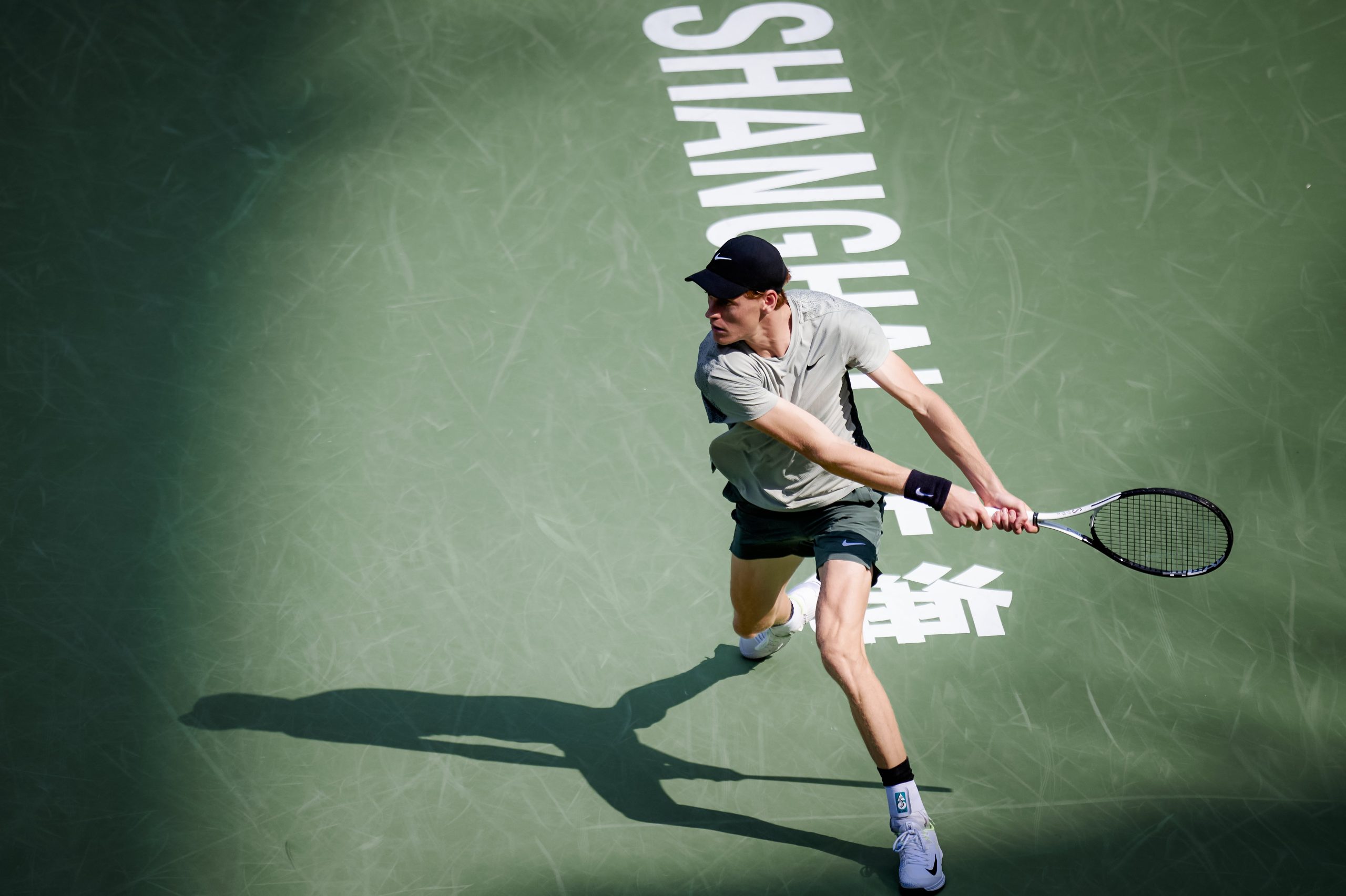
Since it opened its doors last year in Jordan, Kowloon, Eaton has been making a name for itself as a unique concept in Hong Kong. In a global city that proliferates with luxurious hotels and hospitality options, Katherine Lo’s venture (which also include another branch in Washington DC) is a breath of fresh air and continually reinvents the millennial-driven idea of “concept hotels.”
Eaton brings a hotel, co-working space, event space, restaurants, music venue and much more under the same roof to nurture a sense of community and social awareness. The diverse offering is made even more appealing thanks to its design, architecture and attention to details. Every corner of the communal spaces, as well as the perfectly decorated rooms, features an object, artwork or piece of furniture that is purposely placed and contributes to create a unique – and very instagrammable – experience.
Art and cultural initiatives are at very core of the Eaton brand and its identity and are meant to bring something new to the local and global communities, Director of Culture Chantal Wong tells me as we walk around the building during a recent visit.
As we pass by Eaton’s radio station, which will soon launch a series of podcast-style programmes, she also tells me about Naila Ayesh’s recent radio interview to promote her film Naila and the uprising, a one-hour-long documentary film about her experience as a Palestinian and the women of the First Intifada, making it clear that Eaton is clearly a space that is committed to give a platform to international activists.
For Art Week, Wong and the rest of Eaton’s team created a diverse programme that blended art exhibitions, screenings, performances and celebrations with multidisciplinary artists from all over the city and the world.
We talk to Wong about the initiatives and Eaton’s present and future developments as incubator of progress, art, mindful hospitality and social change.
Can you tell us more about the Art programme at Eaton?
What is unique about Eaton in general is that we have so many different types of programmes. On one hand, we have intellectual initiatives. Art week, for us, sort of started with a very intimate performance about a research around the desires of aging gay men in general and aging gay men in Hong Kong.
We also have the exhibition Fragrant Little Heaven by artist Vvzela Kook who, for the past five years, has looked at the maps of Hong Kong to find street names that are related to flowers. There are 180 of them. She discovers little stories that you won’t know unless you do your research.
Hollywood road, for instance…now we think it reminds us in a cliche way to Hollywood, LA, but in fact it refers to Holly trees in Hong Kong during colonial times.
Overall, what I really love about Eaton is that we have some really immediate stuff like parties and events. One major thing that we are hosting is the Dream Rave, an immersive digital installation.
Another highlight for me, is the two different groups that we are working with for the Friday performances, which are queer non binary feminist leaning.
They are basically hosting one of their first workshops in Hong Kong with us. The title is Unbothered + Moisturized inspired by Cardi B. It is called Unbothered + Moisturized because one of the main themes is the mermaid as they are sort of these in between creatures….They are trying to look at things that are in between and binary….From witchcraft to mythical creatures and how they cross beyond gender stereotypes.

Do you think that all the performances, artworks and initiatives represent Eaton’s commitment to nurture social change and community engagement?
We have a few areas that are a sort of priority for us. One is gender and LGBT+ issues. Not so much because it’s an issue but because we’re all about diversity and it is an area that we really want to support and amplify. The other thing is a more obscure topic because it relates to frontiers of the consciousness, from talking about psychedelics to creating spaces that challenge these frontiers.
Other priorities are migration and movement of people… dance and music… and physical movement. Obviously, all these things are within the realm of what we are showing and what we believe in.
The programme is very different from many other initiatives happening around the city. Eaton is a relatively new concept in Hong Kong so are you trying to establish it as a long lasting voice?
Yes. But I don’t know what a long lasting voice is. So there are two layers that I am personally trying to achieve here. This one is a very immediate thing like creating a space for it to be able to happen, supporting people who are doing really important work from creatives to people of ideologies to people who work within the realm of politics, so that is like a physical space.
On a higher level, I think “how do we challenge the world as a model.” We can prove to the world that a brand like this and a company like this can actually become part of a revolution. I think that is what would be our future value. It is actually a new kind of thing in Hong Kong. It would be amazing if people can see that this kind of thing can work here, trying to be very generous with your physical space and trying to create change.
What is the process of selecting the artists who are going to take part in your initiatives?
James and I have been brought in because we have been working for so long in our communities. I have been working for 13 years now. I used to work at Asia Archive and I used to run an art space in Sham Shui Po. I also do a lot of NGO work so I got a lot of connections.
We have programmes three to four times a week. We are relying on a lot of partners to work with us. For instance, for the core residency we have right now, we are working with a group called Videotage, they are the first new media organisation in Hong Kong.
We kind of select the programme and curator with who we will be working better together. We really can’t programme by ourselves, we physically can’t, so we really rely on the community.
Would you say that one of the main themes of this programme is feminism and women empowerment?
Yes, but it is kind of funny. It was almost “by accident.” Because people now that we care about these issues, they approach us. On one hand, for me, it is personal because it is my interest as well but other organisations know us to be be doing these kind of work, actually very experimental work, we are the first place they go to.

Eaton is internationally recognised for activism and in Washington it is known to be very politically active. Do you think there should be a division between art and activism?
Activism is when there is literally something that is taken away from you. It is great for artists to show solidarity toward these movements but it doesn’t mean that their life is at threat. As an artist you can allow yourself to do that because it is also important to be self aware within a society so I think with artist work is more met up than the activist’s work, not that you can’t combine the two.
If you separate them, it could lead one into the other. Here, we work with artists and activists, like Petula Ho, a very well respected activist in Hong Kong. She wrote a book called Sex and Desire in Hong Kong and she is a professor at HKU. She takes forms of art to use it as self reflection. She will bring three or four women together and they will all write a memoir about the recent events in Hong Kong, what happened when one went to jail, how did one respond. I don’t that necessarily enters into the activism itself.
As Eaton’s director of culture how do you try to set the events and the artistic initiative apart?
We know that we don’t have some of the resources that the other places have. Apart from our work, we do a lot of social impact work but I really think we are doing a lot of experimental work. The other thing is we have a very heavy dance programme and instead of paying for a dance programme to come in, I will pay a dancer a certain amount of like 5000 to 7000 HKD for them to come in whenever they want to try to create a five minute piece. Then one day there can be these five minute pieces so that it becomes like routine exhibition.
Do you have a target audience or do you try to appeal to as many as people possible?
Of course we want to create for as many people as possible but we also know that this is a process of nurturing. I think in the beginning when we had our dance programmes, there will be like 20, 30 people but now people will see it in the lobby and start following it. At the end we will have like 50 or 60 people.
What do you think Hong Kong can do to diversify its art scene or even cultural scene even more?
Like you were saying, there are many stuff that is happening but there are not many art spaces any more. There are not that many residency art spaces but, having said this, I do think that when things need to happen they do happen in Hong Kong. Things have their life line….When something has to happen people will mobilise. I think Hong Kong is an amazing space and that everybody is so supportive.





